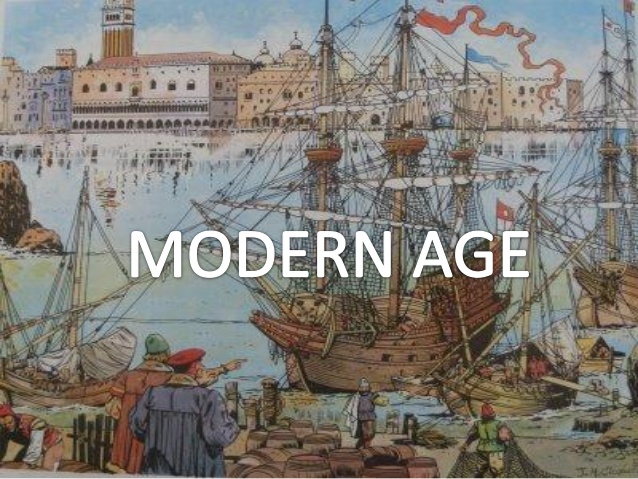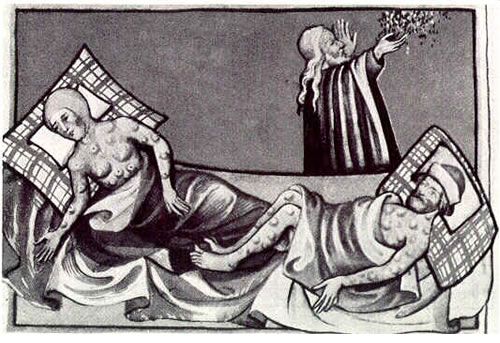Why is medieval times referred to as the Dark Ages?
Contents
-

The Medieval Period
Dark Ages
The early period of the Middle Ages was often referred to as the Dark Ages. The term hints at the early medieval times after the fall of the Roman Empire from 450 A.D. to 1000 A.D.
The attacks and invasions by the barbarian tribes, the continuous violence, the mass migratory journeys, constant wars, plagues, and famines ruled the roost during the early part of the Medieval period; the quality of people’s lives were short and miserable.
Thus the early medieval period was known as the dangerous dark era. Another reason for the term ‘dark ages’ was due to the fact that compared to all other eras, modern historians knew very little about this period in history, and most of the time records were lost to us.
What period was before medieval times and what came after medieval times?
-

The Medieval Period Modern Age
1) Pre-Medieval Era – Period following ancient history is recorded as ‘classical antiquity’ that comprises of ancient Greek and ancient Rome civilization. It was a time of cultural-historical era that influenced the European society, the Middle East colonies and North African society.
After that, the ‘Post-Classical’ era followed the years between CE 200 to CE 600 that were dominated by civilisations such as Han China, Roman Empire, Gupta Empire, and Sasanian Empire.
2) Post-Medieval Era – Modern history followed after the Middle Ages. Early Modern Period emerged from the end period of the Middle Ages, in the 15th century and blended with the Late Modern Period, which was famous as the Age of Revolutions.
What was the medieval time-line? What were the major events in the Middle Ages?
-

The Medieval Period - Bubonic Plague
The Middle Ages in Europe was a lengthy chapter in history. It started from 500 A.D. and ended in the 15th century A.D. The 1000 long years covered many significant historical occurrences, from the downfall of the mighty Roman Empire to the great rising of the Ottoman Royal Empire.
The Medieval period was an interesting and engaging time-period of castles, knights, peasants, cathedrals, crusades, manors, and monasteries.
Some of the major events that happened in the Middle Ages:
- The break down of the Western Roman Empire in 476 A.D.
- Charles Martel and battle with the Moorish invaders in 732 A.D.
- Charlemagne The Roman Emperor in 800 A.D.
- The Verdun Treaty in 843 A.D.
- The Ottonian Empire, The Holy Roman Empire in 962 A.D.
- The Hastings Battle in 1066 A.D.
- The Great Charter or Declaration of Magna Carta in 1215 A.D.
- The North European Famine period between 1315 and 1317 A.D.
- ‘Hundred Years Wars’ which started in 1337 A.D. and ended in 1453 A.D.
- The plague epidemic that destroyed almost half of the medieval European population between 1348 A.D. to 1350 A.D. The peasants took advantage of the situation by revolting against their Lords. Common people also got upset with the Church as no prayers were helping them. Some even rebuked the government as it was powerless against the deadly disease.
- During the period between 1378 and 1417 A.D.; the church got divided into two parts; Eastern Orthodox Church and Western Christian Church. The Western Catholic Church was believed to be corrupt and during this era, there were three dominant contestants for the post of Papacy.
How did medieval times end?
-

The Medieval Period - Medieval Ended and Renaissance started
The enticing and the agonizing history of Middle Ages lasted from the early 5th century to the end of the 15th century. Historians suggest that there was no fixed time or decade to suggest the end of the great medieval times. However, they all unite in proposing that the Middle Ages era came to a close in the year 1500.
Some interesting facts include the disastrous Black Death or Bubonic Plague gave rise to new people power, wherein workers were in high demand by landlords and noblemen. Moreover, tax collectors noticed a strange incident that thousands of English people seemed to have disappeared from the face of the earth.
There was no real proof of the fact that they ever existed. All such incidents helped transfer the power from the privileged few to the common men and women.
The translation of the Holy Bible from the Latin language to the common man’s English language was another major milestone in upturning the medieval period tyranny.
Many such factors indicate the collapse of the medieval period. New Modern Age or the Age of Renaissance came to be when the feudal system ended and national as well as cultural development began to unfold in several places like Spain, England, and France.